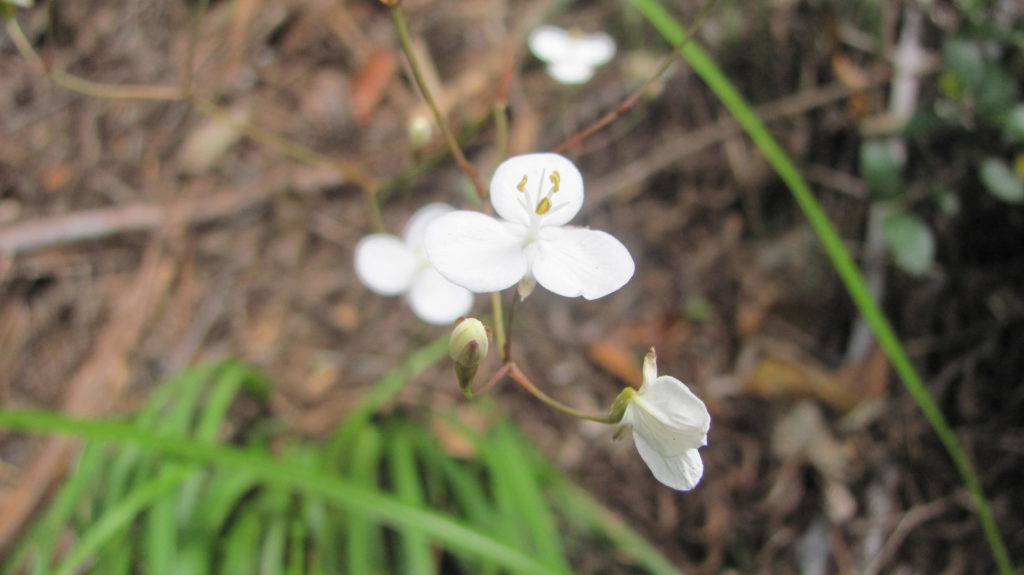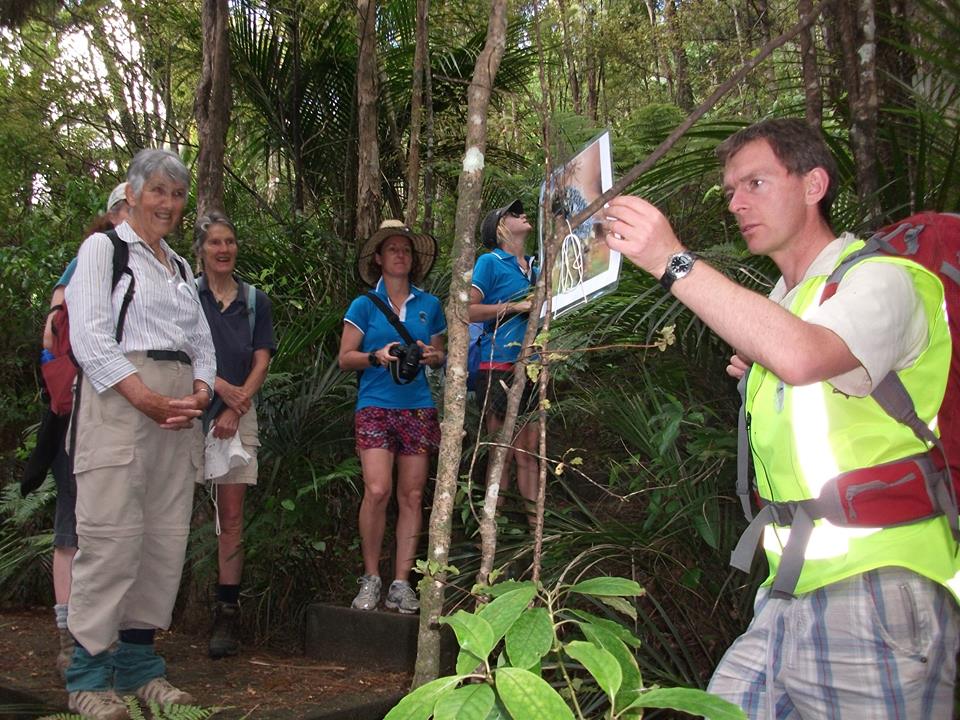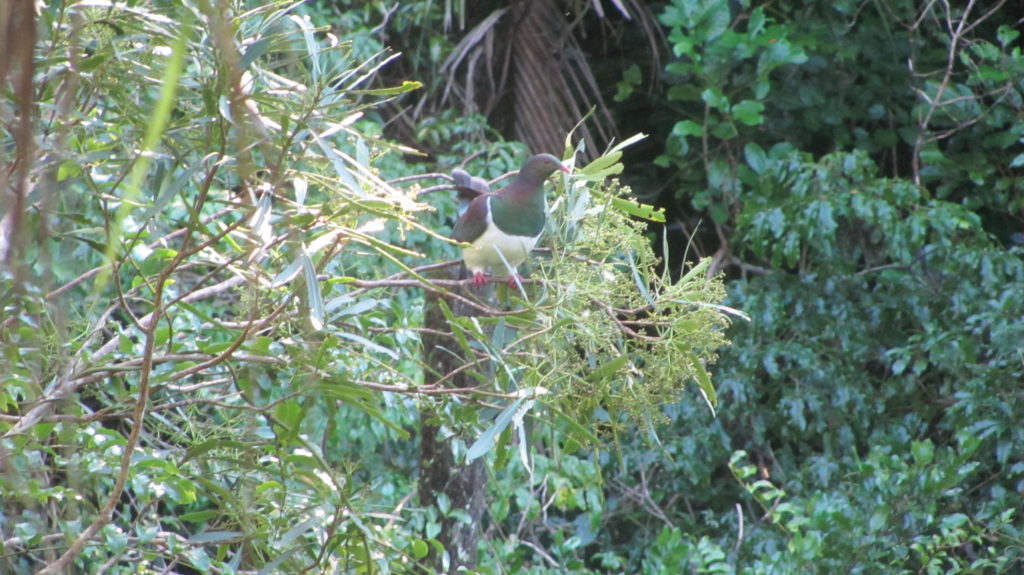It’s not just native birds that the Tamahunga Trappers are keen to protect. There’s a native iris growing in their reserve that isn’t found anywhere else in the world.

“One of our members is a keen amateur botanist and we keep a list of any new plants we discover,” says David Wilson, chairperson of the group. “Every so often we find something new – probably one or two new plants per year. There are over 200 native species of plants growing at Tamahunga, including a few plants that are rare in our district.”
Tamahunga is an area of DOC reserve near Matakana (Auckland), covering 230 hectares. Local landowners also allow the volunteer group to carry out predator control on a similar amount of private land which adjoins the Tamahunga Reserve, bringing the total trapping area to about 500 hectares.

“We started in 2009 and have a trapping network of about 150 DOC 200 and DOC 250 traps,” says David, who works for the Department of Conservation during the week. “A group of neighbouring landowners, local people – and DOC staff who wanted to get out of the office at weekends – all got together. We chose Tamahunga because it’s probably the most significant bush around Warkworth.”
There are 17 active members of the trapping group with a further 50 supporters subscribing to the groups mailing list. For the active volunteers, a reasonable level of fitness is needed.
“The traplines are cut through the forest. They’re not walking tracks so it’s reasonably arduous,” David says. “We service the traps one weekend every month.”
Tomtits and other common bush birds, tūī and woodpigeons enjoy the forest, with other rarer birds visiting, but then passing through.
“With predator control, we hope that birds like the bellbird, kākā and kākāriki might stay and breed,” David says. “We’ve got a native frog too,” he adds, “the Hochstetter’s frog.”
At the moment, the group’s traps are mostly targeting stoats.
“The Auckland Council and DOC are controlling the bigger animals,” David explains. “Goats have been eradicated. Pigs, they’re still working on. The Auckland Council controls possums every few years.”
The next step for the group would be to control rats at Tamahunga.

“We currently catch some rats,” David says, “But not enough to knock the population down. That would take a more intensive operation. We’d probably need bait stations. In the future we’d like to grow our group and look at ways to attract the resources we’d need for more intensive control targeting rats.”
For the Tamahunga Trappers, it’s not just about the trapping however.
“Predator control is our main activity, but we’re also finding out more about what’s living in the forest,” David explains. “This summer we’ve been spot-lighting, looking for local lizards. We know they’re in there, but we haven’t spotted any yet, so we’re not sure what species are there. Lizards tend to be in found in low numbers on the mainland,” he explains.
There used to be native bats at Tamahunga too.
“None have been detected recently, but we hope there are still a few,” David says. “We’ve monitored for bats with handheld bat detectors, but not found any.”
Tamahunga Trappers are determined to protect those species that have survived in their special patch of forest and perhaps in future, to encourage others to return.
“Our aim is to improve conditions for wildlife currently in Tamahunga and to allow others that visit, to stay and breed,” David says. “If we can achieve a more intensive predator control then we could start bringing back species. There’s a whole range of species that could potentially come back once predator numbers are down,” he says.

